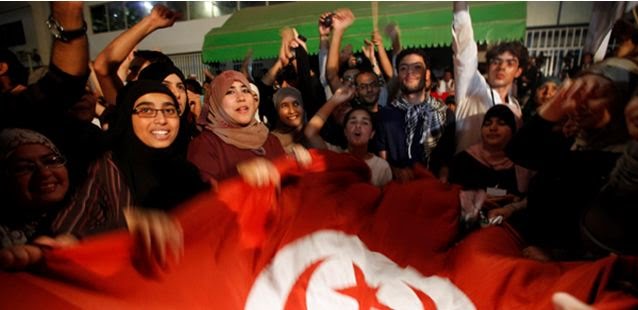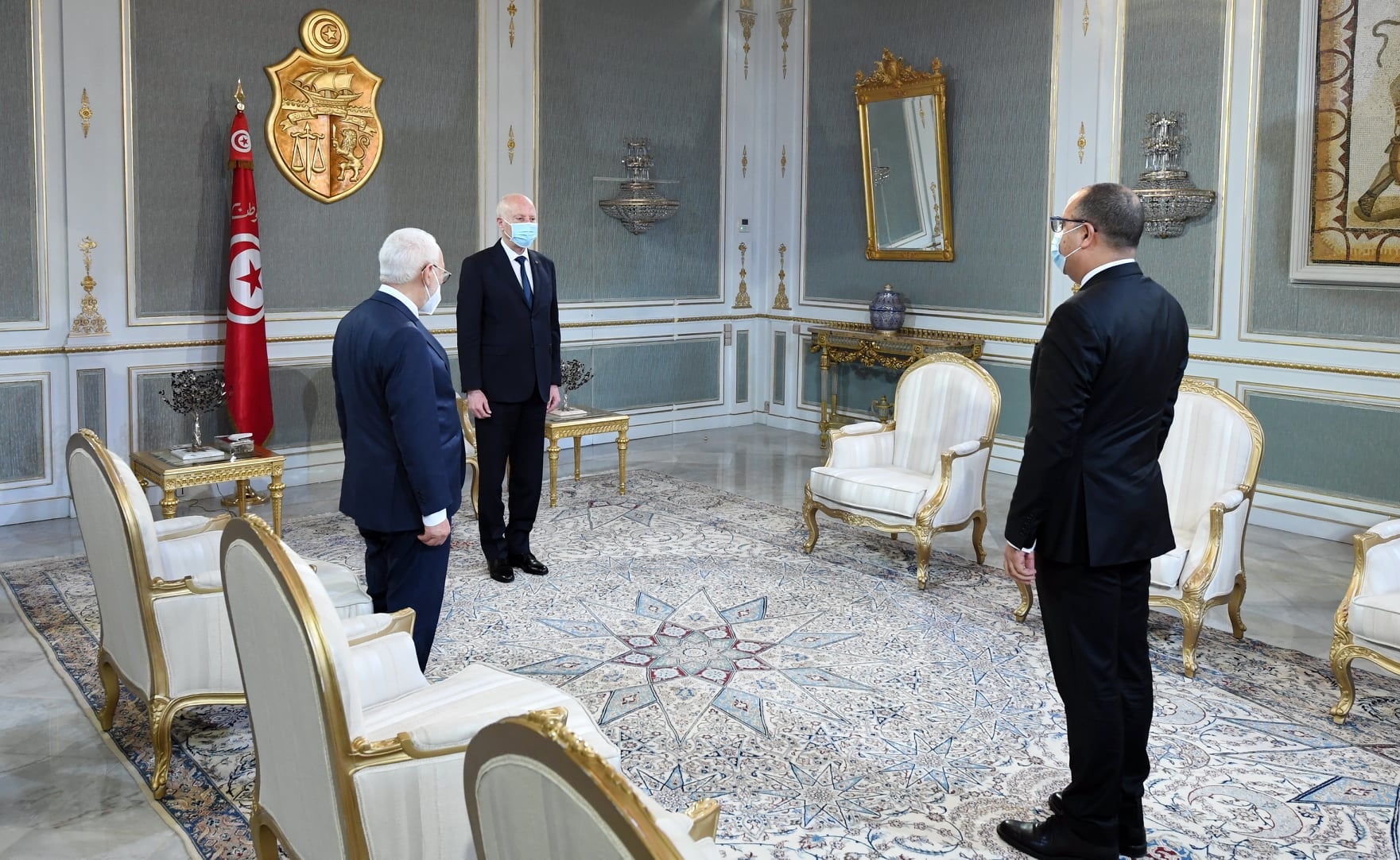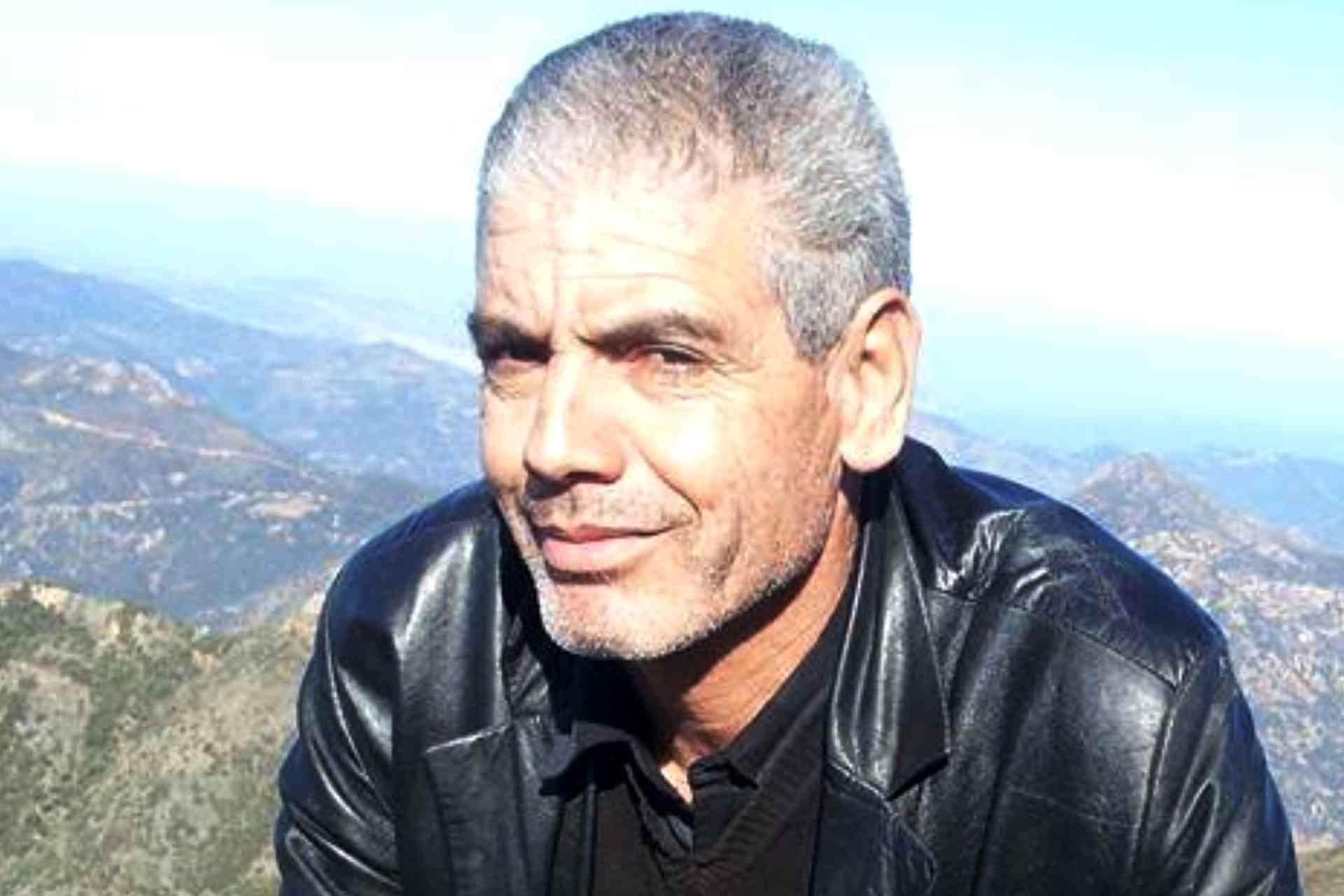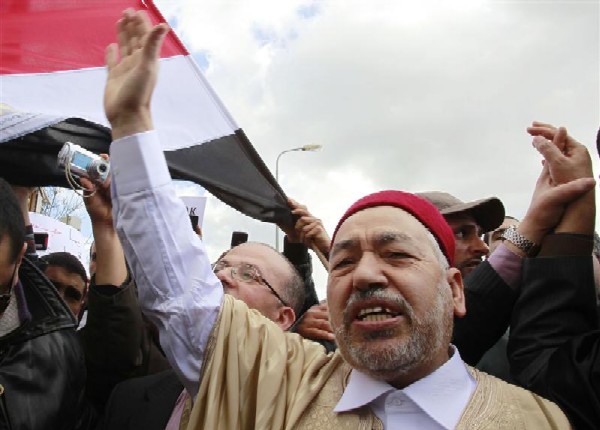 Revolutions are a risky business, not least for the revolutionaries themselves. Be they in 18th century France or in 21st century Tunisia, revolutions are sparked by ideals but they are only kept alive and fueled by promises, promises to deliver. In the early stages, ideals can be seized upon, turned into popular placards by the revolutionaries. This is especially easy for an opposition that has spent a long period in exile developing its ideas such as Hizb al-Nahda in Tunisia. But when that opposition party in exile, especially an exile of a long duration, is suddenly brought home in triumph and thrust into real power, there are inherent, existential risks. Those original, often-contradictory ideals that are easily crafted to appeal to as many potential supporters as possible both within a country and in the international community must be suddenly turned into political policies with all the compromises and disappointments inherent in governance. Even if expectations are managed, the risk to revolutionaries is not simply the disappointment of broken promises.
Revolutions are a risky business, not least for the revolutionaries themselves. Be they in 18th century France or in 21st century Tunisia, revolutions are sparked by ideals but they are only kept alive and fueled by promises, promises to deliver. In the early stages, ideals can be seized upon, turned into popular placards by the revolutionaries. This is especially easy for an opposition that has spent a long period in exile developing its ideas such as Hizb al-Nahda in Tunisia. But when that opposition party in exile, especially an exile of a long duration, is suddenly brought home in triumph and thrust into real power, there are inherent, existential risks. Those original, often-contradictory ideals that are easily crafted to appeal to as many potential supporters as possible both within a country and in the international community must be suddenly turned into political policies with all the compromises and disappointments inherent in governance. Even if expectations are managed, the risk to revolutionaries is not simply the disappointment of broken promises.
Revolutionaries, especially revolutionaries shocked by what seemed to be the relative ease of their coup, as in Tunisia, often over-react to the threat of yet further revolution from multiple fronts. “If our first revolution was that easy,” one can ask, “why to risk another revolution from others?” Threats seem to close in from all directions, both in the form of counter-revolution, the restoration of the old regime, or of yet further revolution by those who claim to uphold those original, pure, but now newly sullied, ideals. To prove their legitimacy, those newly in power feel forced to make one of two bad choices: either to turn their ideals into ideology, to embrace radicalism, or to hollow out all their revolutionary ideals, turn them into a façade, a façade filled by force. In this latter case, the revolutionary government simply replaces the old overthrown dictatorship of “stability at all costs” with a strong man of their own, one who only pays lip service to the ideals of revolution but who is nothing more than the ancien régime with a new paint job. It is only in rare instances that revolutionaries manage to forge a middle path, to escape the traps of both radicalism and counter-revolution and forge a sustainable and real change in the status quo.
Finding this middle path is the current predicament faced by Tunisia’s Hizb al-Nahda party, the once-exiled opposition group that is now effectively in power in Tunis. Of course, Tunisia’s recent revolutionary experience has distinctive particularities that need not follow the pattern of revolutions elsewhere. But it is worth noting that many of the basic patterns remain the same. In Egypt, for instance, where the role of the military is far more pronounced than in Tunisia, the revolution seems to be tilting towards the concentration of power in the Presidency of Mohammed Morsi. This is happening much to the disgust of the revolutionary idealists in the Muslim Brotherhood who decry his heavy-handed bombing of radicals in the Sinai and his effective collusion with the military’s monopolization of state and society. In Tunisia, in contrast, there is a drift in the other direction, towards religious radicalism as the Hizb al-Nahda attempts to outflank the persistent threat of Islamists on its right.
Hizb al-Nahda, “Renaissance Party” in English or Parti de la Renaissance in French, the second language of Tunisia, is currently the dominant political party in Tunis. While many have described the party as “Islamist,” the Hizb al-Nahda presents itself outside of Tunisia as a moderate and distinctly “Tunisian” party, a party based on Islamic values but not committed to instituting every aspect of sharia, or Islamic law, to the letter. In exile, the party appealed to Western governments as Islamic democrats and pragmatic moderates. Recently, however, there has been a somewhat more conservative turn in the party’s rhetoric and actual policies. Pressures from more radicalized groups such as Hizb al-Tahrir, a trans-national Pan-Islamist party that often capitalizes on unrest among the urban and rural poor, has forced Hizb al-Nahda, ostensibly the moderate party, to stake out positions that confirm its religious legitimacy. Long banned and marginalized, reports of torture and intimidation of active party members were hardly uncommon under both Habib Bourguiba and his successor Ben Ali, the Hizb al-Nahda and its leader and founder Rachid Ghannouchi has suddenly been entrusted with political power.
On March 1, 2011, Hizb al-Nahda, also simply called Ennada, was given the permission to operate as a party within Tunisia. As the best-organized and largest party, it won 40 percent of the vote in the elections that year. It fills 89 out of 217 seats in the Constituent Assembly. Being thrust into government has indelibly changed the party and its leadership in two ways. Governance has forced the party to consider domestic political legitimacy, not only its appeal to an international, human rights community and major donors in Europe and the United States. Ever since ‘Abd al-Fattah Muru’ and Rashid al-Ghannoushi founded the party 1981, then called the Islamic Tendency Movement, the primary purpose of Ennada was to counter Bourghiba and Ben Ali’s rhetoric of secularism and progress, rhetoric aimed at a largely supportive West. They did this from afar by demonstrating the compatibility of Islamism with western democracy in multiple lobbying efforts, gaining the repeated attention of the US Congress and US Department of State’s Bureau of Democracy, Human Rights and Labor. They collected funds from Tunisian immigrants in Western countries who felt secure to critique the régime back home. While the support of actual Tunisians in Tunisia willing to defy the secularist dictatorships of Bourguiba and Ben Ali was important, even more essential was obtaining refuge, diplomatic aid and monetary support from the same Western powers, especially France, that helped sustain the regimes of Bourguiba and Ben Ali.
Currently, however, Hizb al-Nahda’s priorities have shifted, becoming almost exclusively national and domestic. While some skeptical commentators have sought to “unmask” the moderate rhetoric of Hizb al-Nahda’s exile period, seeking to prove that “once in power” the Islamic party would show its true colors, the situation is far more complex. Hizb al-Nahda has experimented with some heavy-handed tactics against the threat of radical revolutionaries, arresting members of a group attempting to establish “an Islamic state” in February 2012. They have also not introduced a ban on alcohol or instituted a tightening of regulations on women’s dress. But the party has also been careful not to react in a way that would give the Salafis a reason to organize. The Salafi Hizb al-Tahrir remains particularly strong in the oft-neglected and poorer rural regions of Tunisia, in places such as Sidi Bou Zeid, the very region where the self-immolation of a young fruit seller gave symbolic spark to the revolution.
Secular parties have accused Hizb al-Nahda of giving in to radical Salafis, especially after the arrest of Hamadi Redissi who broadcasted the Persian film “Persepolis” about the perils of Islamist revolutions. Salafists seemed to have free reign in their attempts to publically enforce Islamic virtues – they regularly disrupt art shows and alcohol distributors and once even occupied Jedouba, a town in a conservative rural region. Indeed, Hizb al-Nahda has often not been able to maintain a middle course and seems to be relinquishing some influence to religious radicalism. Rashid al-Ghannouchi once pronounced it was his aim to follow the example of the more moderate and established PDK Islamic party in Turkey. It remains to be seen if the leadership of Hizb al-Nahda can manage a middle path.



